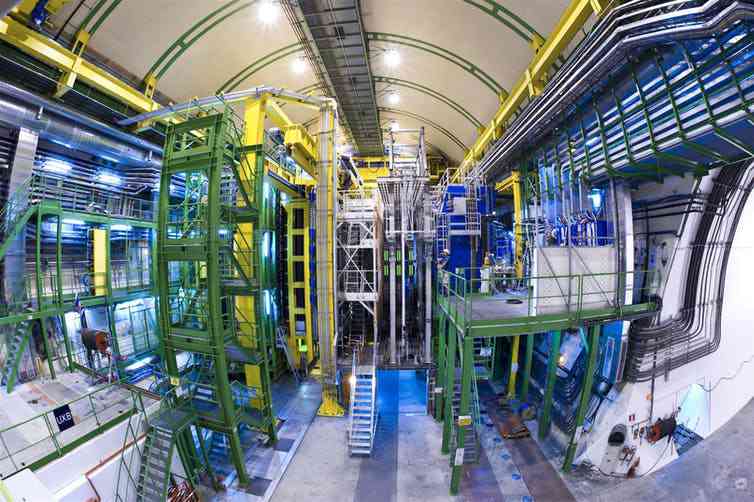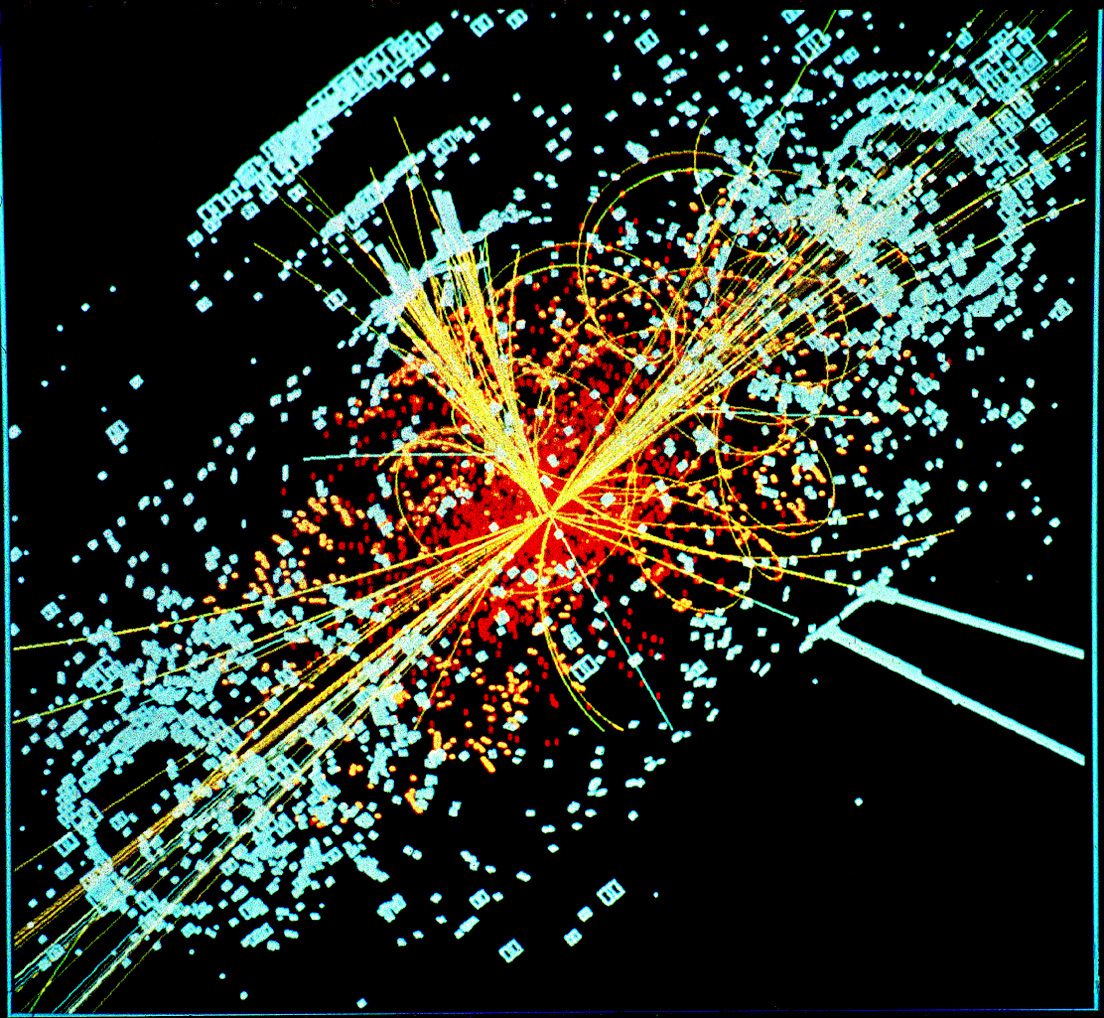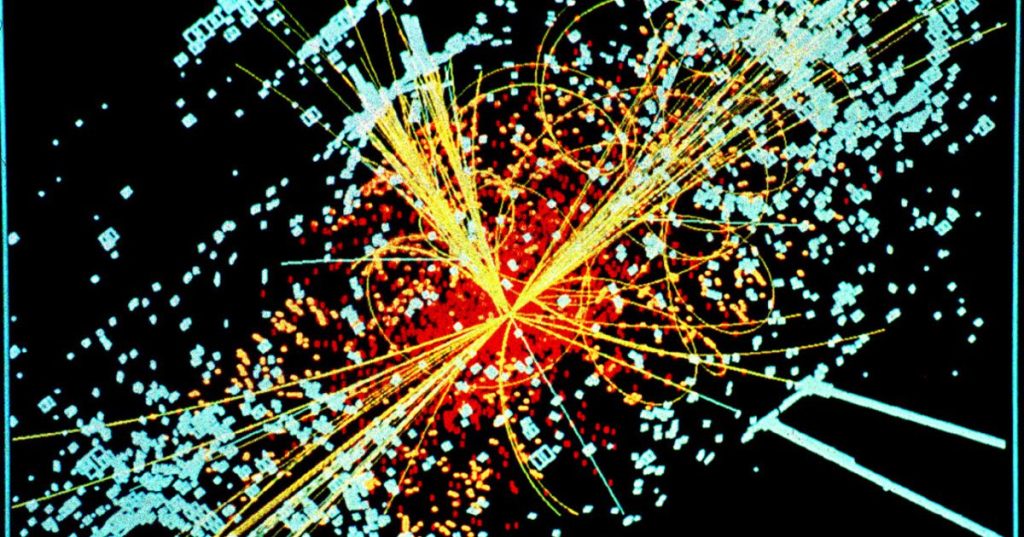Listen, if you’re not someone who is interested in physics, or who could name the sorts of physics we’ve currently agreed exist, this article is not for you – but I’m assuming if that’s the case, you didn’t click on it.
So welcome, physics nerds.
When the Large Hadron Collider lit up ten years ago, physicists hoped they would discover new particles that would help unravel the deepest mysteries of the universe – dark matter, microscopic black holes, hidden dimensions, they were all on the table.

Image Credit: iStock
But while the discovery of the Higgs boson was exciting, we still don’t have the anticipated clues as to what lies beyond standard particle physics.
This new paper from one of the four giant Large Hadron Collider experiments, though, says that after analyzing trillions of collisions over the course of a decade, they’re seeing evidence of a brand new force of nature.
Scientists, though, are cautious. After all nothing we’ve thrown at the standard model has stood up to scrutiny this far.
The new study revolves around an experimental anomaly that was suggested in 2014, when physicists spotted “beauty” quarks decaying in unexpected ways. They were, specifically, decaying into leptons called “muons” instead of electrons (at least most of the time).

Image Credit: CERN
Muons are basically heavier electrons, but physicists had no idea why they weren’t decaying into each category equally – the only way that could happen is if some new, unknown particles were tipping the scales.
No conclusions could be drawn from data at the time, however, but these new results could finally shed some additional light.
Patel, one of the experiment’s leaders, knew their findings could potentially change everything.
“I was actually shaking. I realized this was probably the most exciting thing I have done in my 20 years in particle physics.”
The results lived up to the hype, too – the anomaly remained (around 85 muon decays for every 100 electron decays), and will far less uncertainty, too. Scientists are officially calling this “evidence,” even if it hasn’t quite reached the level of “discovery” or “observation” just yet.
There are two options for what we’re seeing, according to physicists.
The first is that a fundamental “Z-prime” particle is a carrier of a new force of nature, albeit one that’s fairly weak but interacts differently with electrons and muons.
The second hypothesis is that a thing called a “leptoquark” – a particle that can decay to quarks and leptons at the same time – could be behind the anomaly.

Image Credit: Lucas Taylor / CERN
More data will serve to clear up what we’re seeing, and could perhaps one day even confirm that new physics exists in our natural world.
If confirmed, this could mean answers to all of those questions regarding experimental physics, or even to finally unify the fundamental truths of particles and forces – or if could even be something totally new.
It’s all a wait and see, but for those of us who are interested, this is for sure an exciting moment.






